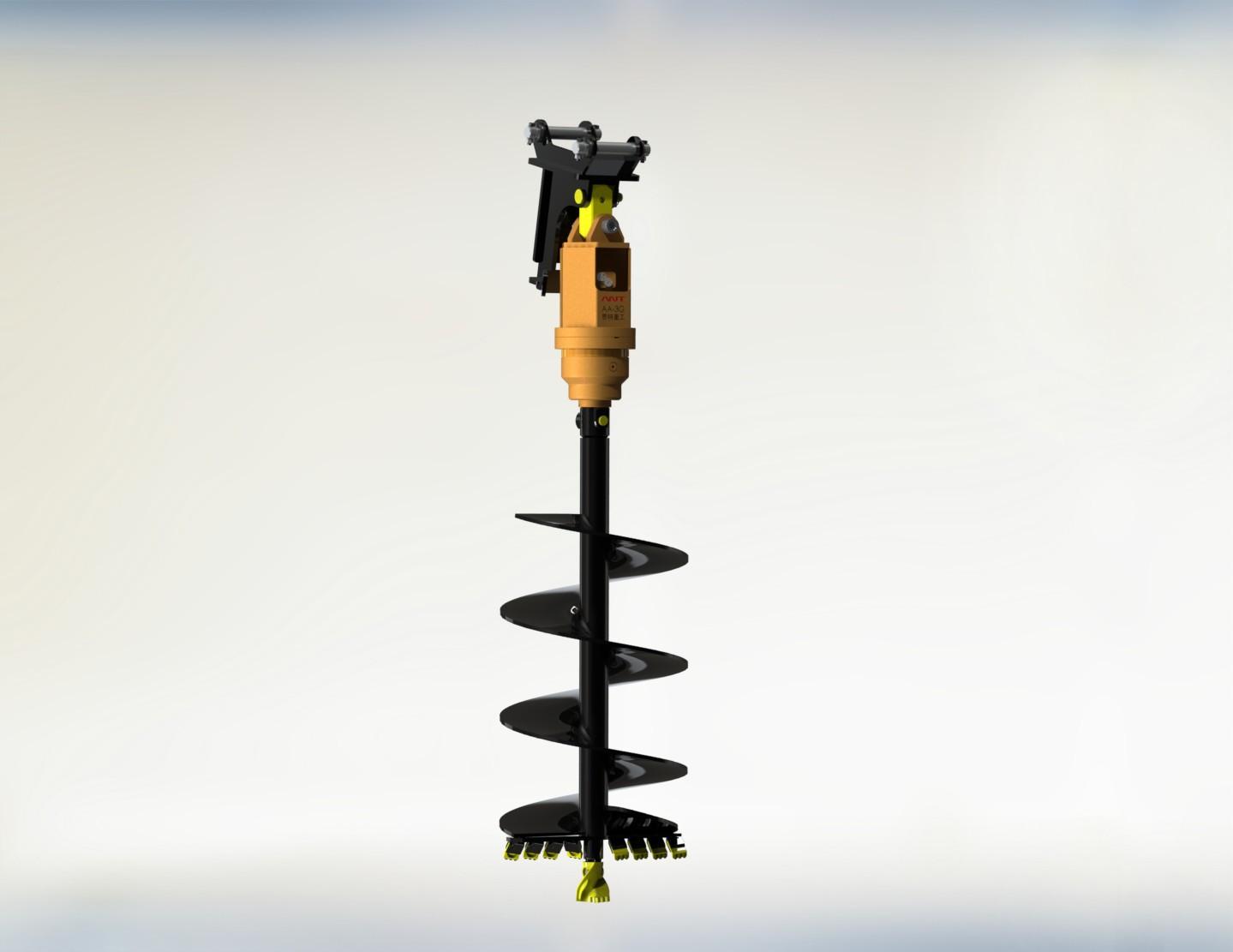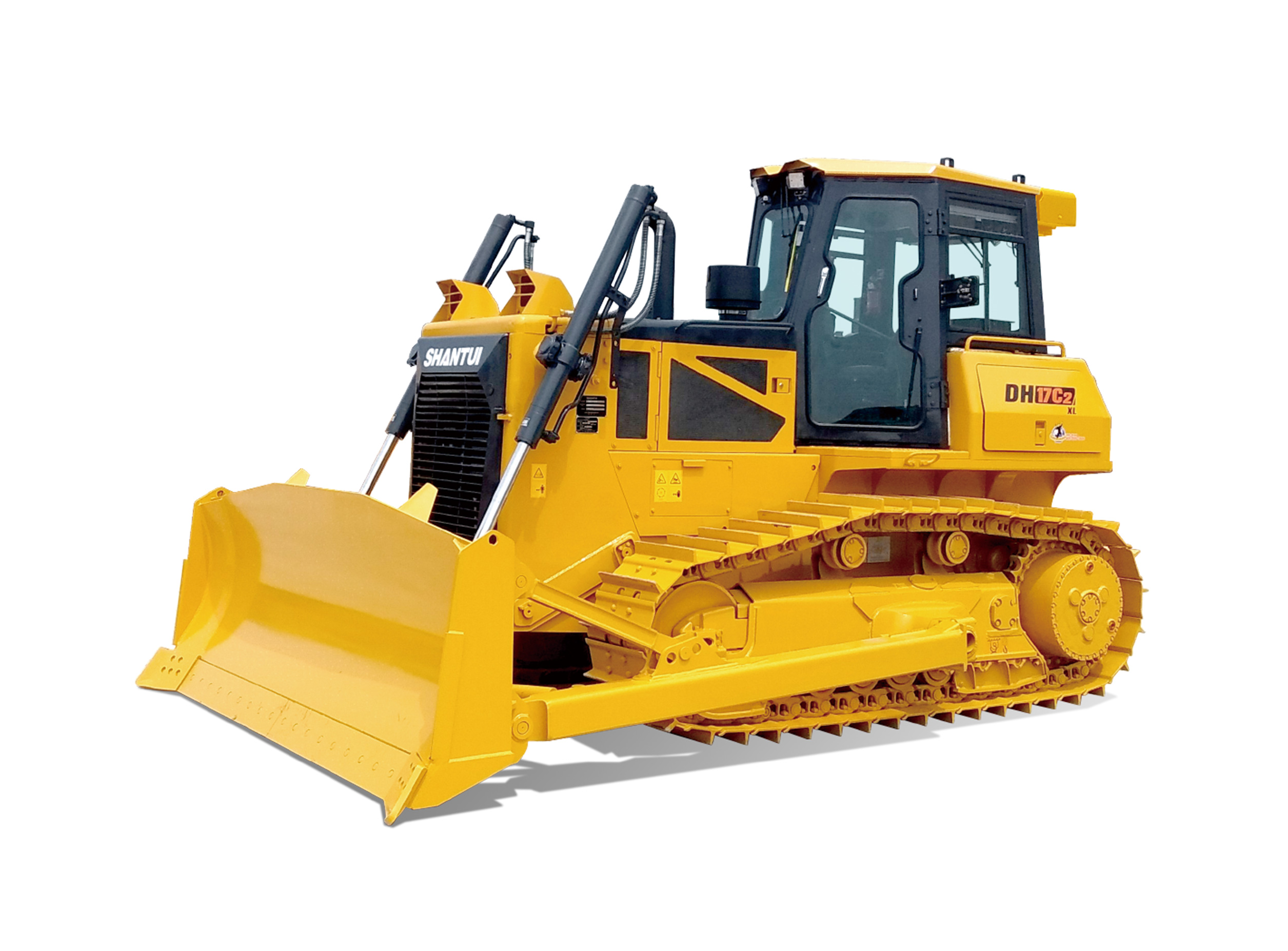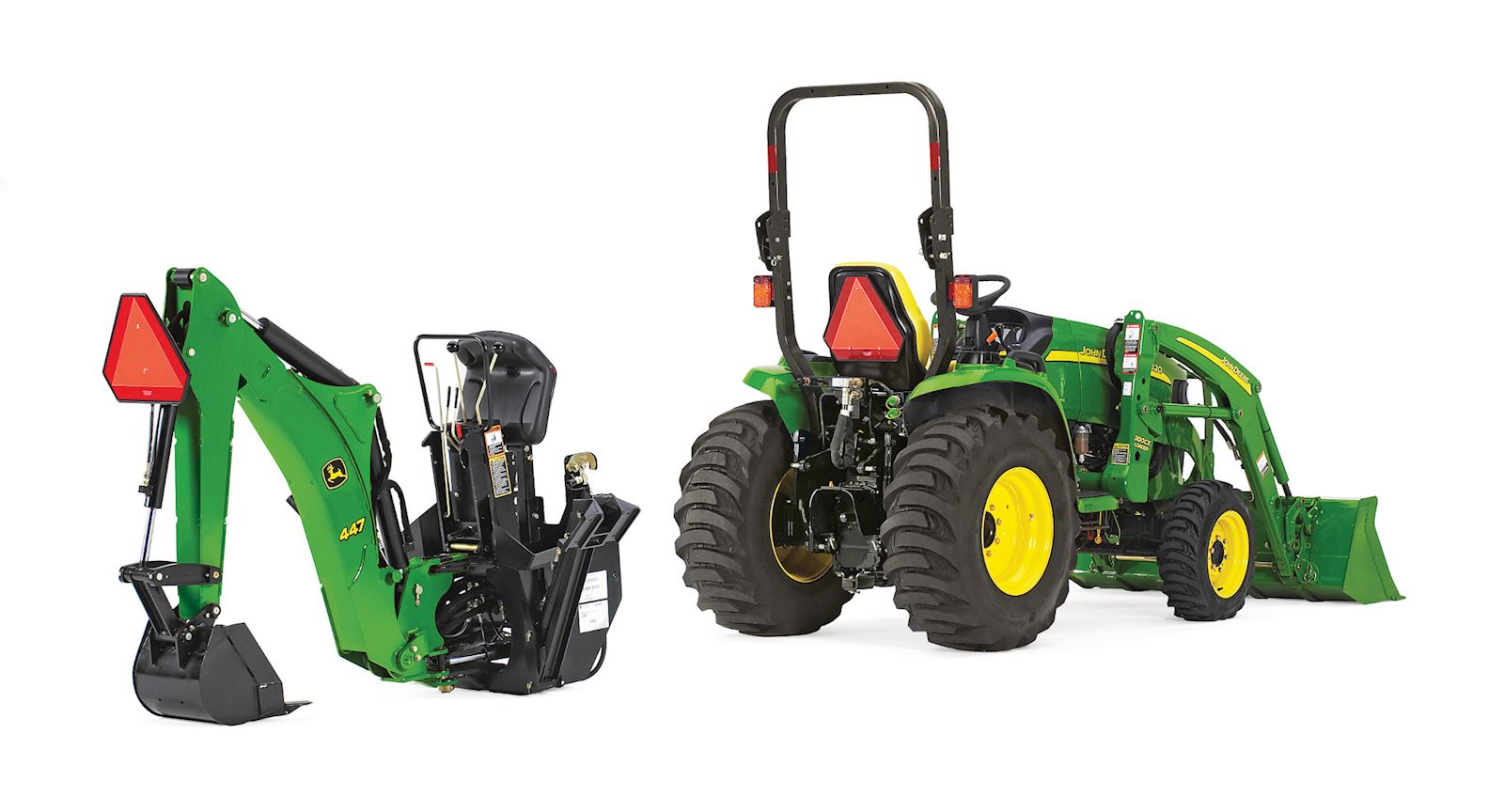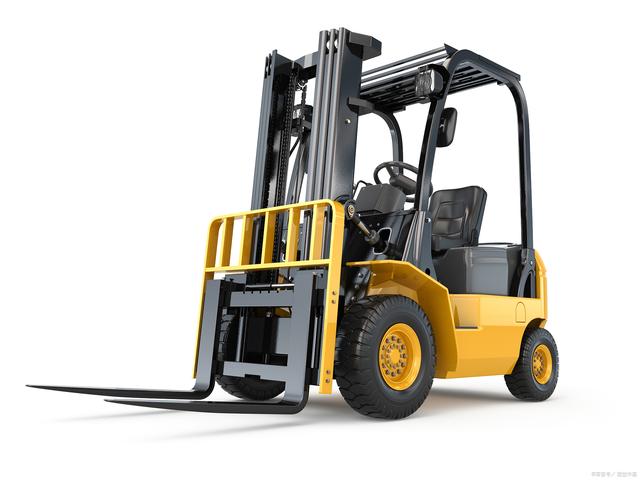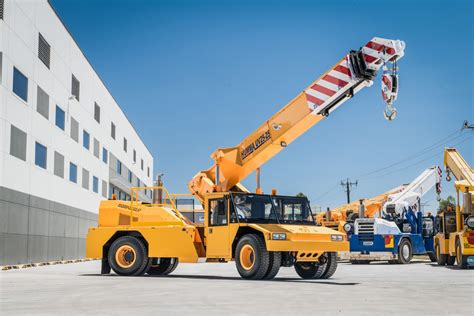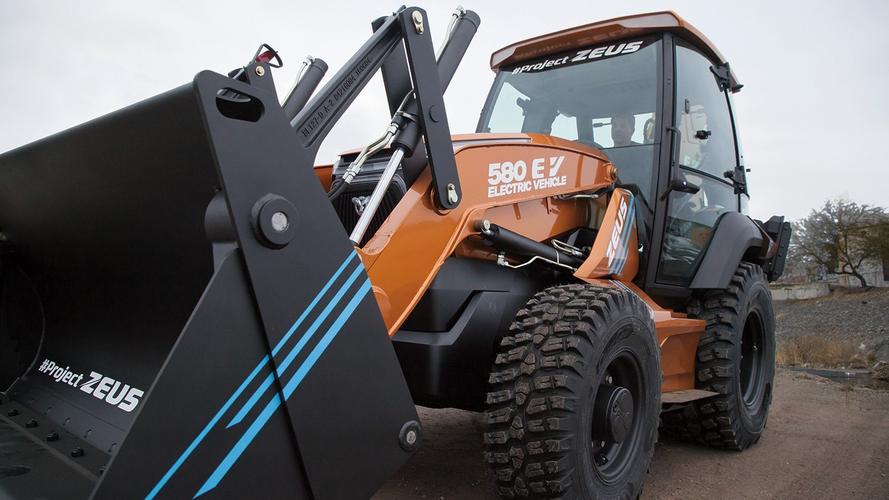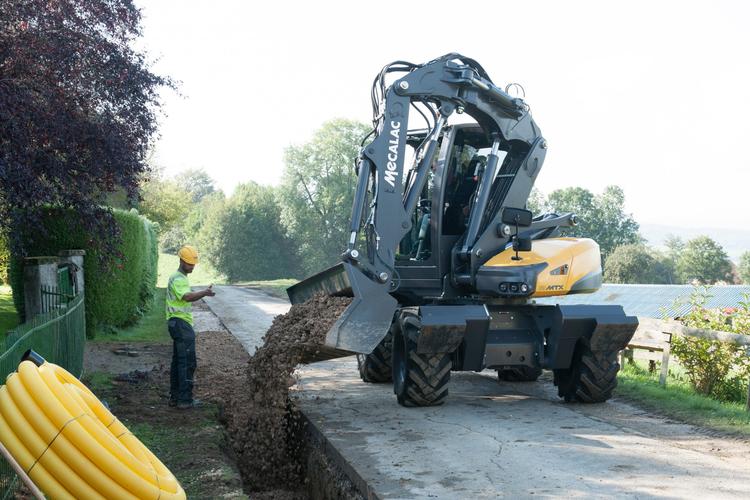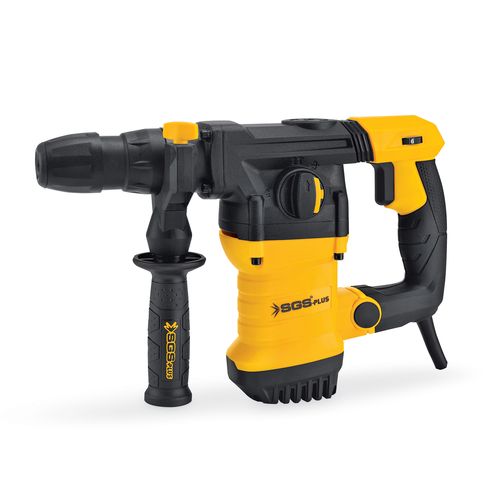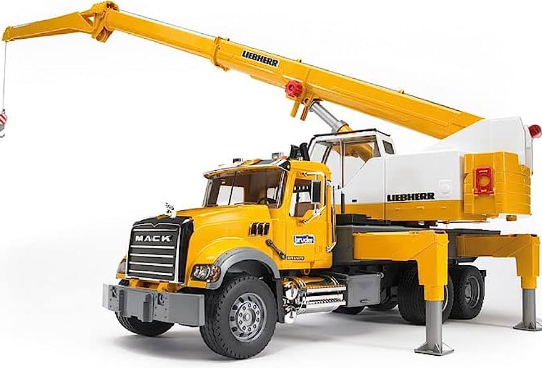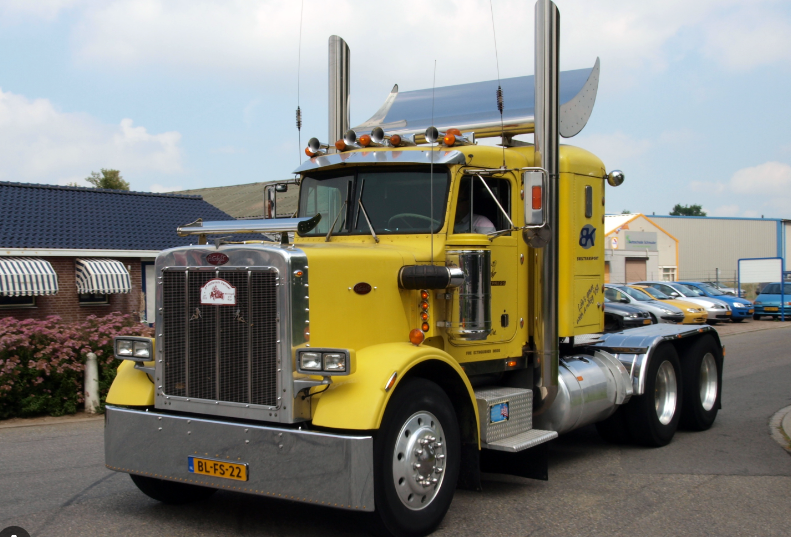What is a ROPS Tractor?
A ROPS (Roll-Over Protective Structure) tractor is a type of tractor that is equipped with a sturdy frame that protects the driver from injury in the event of a rollover. The ROPS framework is designed to provide a safe and secure environment for the operator by preventing the tractor from rolling over and crushing the driver. An essential safety feature of any farming equipment, the ROPS tractor has been instrumental in reducing the number of farmer fatalities in the field.
The History of ROPS Tractors
The development of ROPS tractors was first introduced in the mid-20th century as a response to the alarming rate of tractor rollover incidents. These incidents resulted in severe injuries and deaths to farmers and field workers. In the 1960s, various countries began to require ROPS protection on all tractors over a certain size, including the United States, Canada, and Australia.
ROPs Design and Benefits
The ROPS framework is designed with a sturdy steel structure that can support the weight of the tractor during a rollover event. This structure is typically mounted above the tractor's cab and provides a protective barrier to prevent the cab from crushing the driver. In addition, the framework can be equipped with accessories such as seat belts, safety nets, and cab glass to provide even more protection to the operator.
The benefits of the ROPS tractor are clear. By providing a safe and secure environment for the operator, the ROPS tractor has helped reduce the number of agricultural fatalities. It also allows farmers to work with more confidence, knowing that they have the support and protection of a reliable safety feature. Moreover, the move towards ROPS protection has influenced other safety initiatives, leading to further advances in farming equipment safety standards.
Challenges to ROPS Adoption
Despite the clear benefits of ROPS tractors, there have been challenges to their adoption in some regions. One such challenge is the cost of retrofitted ROPS on older tractors. Drivers of older machines often find it difficult to justify the additional expense of retrofitting their tractors with new ROPS systems. Additionally, some countries or regions still do not require ROPS protections on smaller tractors, which can place operators at risk. Despite these challenges, it's important to maintain the push for ROPS adoption to further reduce accidents and fatalities in the agricultural industry.
Conclusion
The ROPS tractor is without a doubt a significant advancement in the field of farming. Its design and implementation have undoubtedly saved countless lives over the years and will continue to do so in the future. As technology continues to advance, so will ROPS protection, providing a safer and more secure future for farmers around the world.

